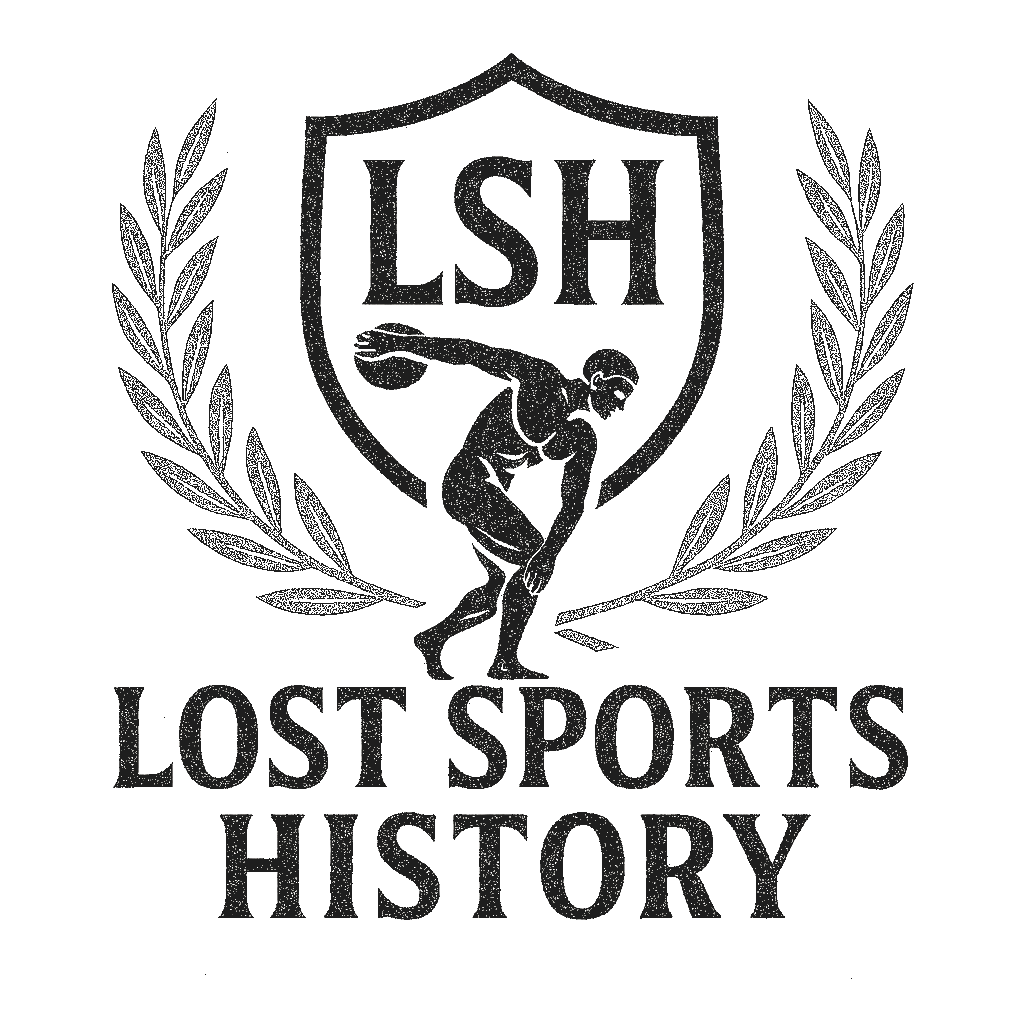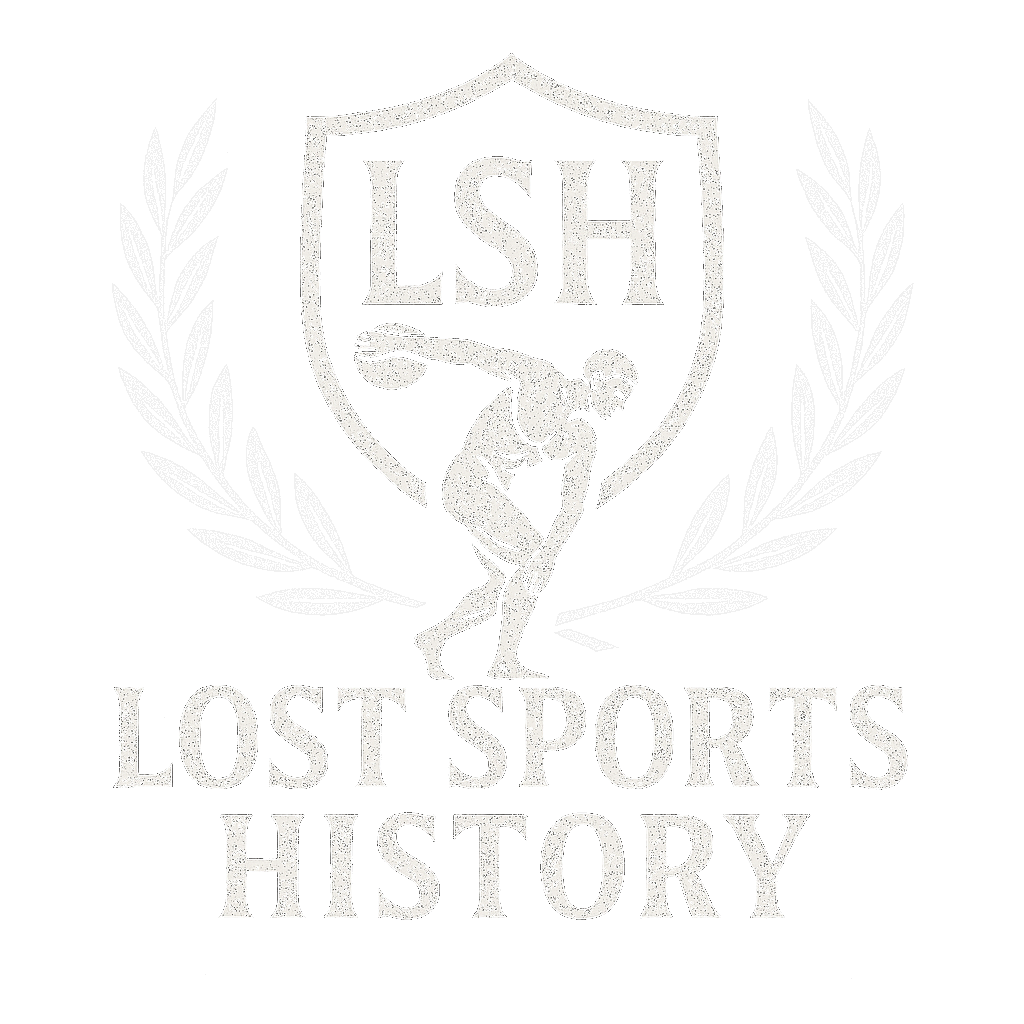Now Reading: How Ancient Warriors Trained: Sports and Combat Games of the Past
-
01
How Ancient Warriors Trained: Sports and Combat Games of the Past

How Ancient Warriors Trained: Sports and Combat Games of the Past
Ancient warrior training is a testament to humanity’s dedication to martial excellence. From the sun-baked training grounds of Sparta to the wrestling schools of Greece, warriors across civilizations developed sophisticated methods to forge themselves into living weapons.
The rigorous physical conditioning these warriors underwent wasn’t merely about building strength—it was a holistic approach to creating formidable fighters. Different cultures approached this challenge with distinct philosophies:
- Spartan warriors embraced a lifelong commitment to military excellence through the legendary Agoge system
- Greek hoplites combined athletic training with philosophical education
- Roman gladiators followed specialized regimens focusing on specific combat styles
- Persian Immortals maintained strict physical standards through daily drills
Physical fitness formed the cornerstone of combat readiness in these ancient societies. Warriors needed exceptional:
- Strength to wear heavy armor and wield weapons
- Endurance to march long distances
- Agility to maneuver in battle
- Mental fortitude to face combat situations
The training methods these ancient warriors developed were so effective that many continue to influence modern military and athletic training. Their dedication to physical excellence created lasting legacies that extend far beyond the battlefield, shaping how we approach physical conditioning today.
Learn more about ancient military training at Military History Now
1. Understanding Warrior Training in Ancient Times
Warrior training in ancient times was a comprehensive system that included physical fitness, mental preparation, and the development of combat skills. Different civilizations had their own unique training methods, influenced by their cultural beliefs and military requirements.
Roman Warrior Training
The Romans focused on disciplined tactics used by military units, which they called exercitus. Their training involved practicing formation movements and becoming skilled with weapons. To build strength and accuracy, Roman soldiers trained with wooden swords that were twice as heavy as their actual weapons.
Chinese Warrior Training
During the Han Dynasty, Chinese warriors created advanced training programs that included:
- Weapons mastery – becoming proficient in various weapons such as swords, spears, and bows
- Physical fitness – engaging in rigorous exercises that improved balance and agility
- Strategic thinking – studying military texts like Sun Tzu’s Art of War
- Meditation techniques – developing mental focus and emotional control
Persian Warrior Training
Persian Immortals underwent intense training from a young age, where they became experts in horseback archery and close combat techniques. Their preparation involved enduring difficult environmental conditions and long training sessions while wearing full armor.

Egyptian Warrior Training
Egyptian soldiers focused on improving their archery skills and mastering chariot warfare. They had specific areas designated for training different combat abilities. Young recruits spent several years honing their skills under the guidance of experienced warriors.
Viking Warrior Training
The Vikings learned how to be warriors through hands-on experiences. They placed great importance on shield wall tactics and weapon proficiency during real battles. Their training often included simulated fights and hunting dangerous animals to build bravery and instinctive fighting abilities.
These various methods of training reflected the specific military needs, available resources, and cultural beliefs of each society. As a result, distinct warrior traditions emerged that greatly influenced ancient warfare.
2. Spartan Training: The Agoge System
The Spartan Agoge system is known as the toughest training program for ancient warriors in history. This government-run education system turned young boys into top-notch fighters through structured physical training and mental toughness development.
Early Start and Exclusive Selection
At the age of seven, Spartan boys would leave their families to start their training in the Agoge. Only boys born to Spartan citizens were allowed to join, creating a special group of warriors. The selection process focused on physical strength and early signs of leadership skills.
Grueling Daily Training Routine
The daily training routine included:
- Wrestling and Combat Skills – Hours of hand-to-hand combat practice
- Survival Training – Foraging for food with minimal resources
- Endurance Challenges – Long-distance running in full armor
- Group Tactical Exercises – Military maneuvers and formation training
Harsh Discipline and Endurance Building
Physical punishment was used as both discipline and training. Young warriors had to endure regular whipping sessions, fight in brutal contests, and face tough living conditions. These challenges aimed to increase their ability to withstand pain and instill unwavering bravery in battle.
Lifelong Commitment to Military Excellence
The intensity of Spartan training continued even when they became adults. Warriors lived together in barracks until they turned 30, keeping themselves in top physical shape through daily workouts and practice battles. This lifelong dedication to being the best soldiers created strong bonds between them, leading to the legendary Spartan phalanx formation’s unity and effectiveness.
Lasting Impact on Military Training
The success of the Agoge in producing superior warriors influenced how armies trained across ancient civilizations. It set standards for physical fitness and mental preparation that echoed throughout history.
3. Ancient Greek Athletic Training
Ancient Greek athletic training had two main places where it happened: gymnasiums and palaestrae. These places were specifically designed for warriors and athletes to improve their physical abilities and mental strength through organized training programs.
The Role of Gymnasiums
The gymnasium, which comes from the Greek word gymnós meaning “naked,” had various facilities for training:
- Open-air areas for workouts
- Tracks for running
- Spaces for jumping exercises
- Equipment specifically designed for strength training
The Contribution of Palaestrae
Palaestrae, on the other hand, were dedicated schools for wrestling that complemented the training in gymnasiums. They provided additional resources such as:
- Wrestling pits filled with sand
- Rooms for applying oil to the body
- Bathing facilities
- Covered areas for training during bad weather
Progressive Overload Techniques
Greek athletes practiced progressive overload techniques, which were groundbreaking at that time. This involved:
- Carrying weights that gradually increased in heaviness
- Wrestling against opponents who were stronger
- Slowly increasing the distances they ran
- Incorporating weighted objects into their exercises
The Philosophy of Kalokagathia
The Greeks embraced kalokagathia, a philosophical ideal that combined physical excellence (kalós) with moral goodness (agathós). This concept influenced their training methods by:
- Balancing the development of the body with the growth of the mind
- Including meditation and discussions about philosophy as part of the training
- Promoting ethical behavior during competitions
- Fostering leadership qualities alongside athletic abilities

Specialized Exercises for Warriors
Ancient warrior training included specific exercises designed to enhance their skills:
- Lifting heavy stones (lithoi)
- Climbing ropes to build upper body strength
- Throwing javelins for distance and accuracy
- Boxing using leather straps (himantes) to toughen their fists
These comprehensive training systems produced warriors who excelled in both athletic competitions and battles, embodying the Greek ideal of complete human development.
4. Combat Sports: Preparing for Battle Through Competition
Ancient warrior training reached its peak in the brutal arena of combat sports, where Pankration emerged as the ultimate test of fighting prowess. This no-holds-barred combat sport combined wrestling and boxing techniques, allowing almost any fighting method except biting and eye-gouging.
Pankration Matches: The Ultimate Test of Skill
Pankration matches often ended with:
- Submission holds
- Joint locks
- Strikes to vital areas
- Choke techniques
The sport’s versatility made it an essential part of ancient warrior training, as fighters needed to master both standing and ground combat. Soldiers who excelled in Pankration demonstrated superior battlefield adaptability, able to handle armed and unarmed confrontations with equal skill.
Wrestling Competitions: Developing Crucial Battlefield Skills
Wrestling competitions showcased different aspects of combat preparation. The [ancient Greek wrestling style](https://www.perseus.tufts.edu/Olympics/wrestling.html) required athletes to throw their opponents to the ground three times to claim victory. This practice developed crucial battlefield skills:
- Balance control
- Leverage manipulation
- Weight distribution
- Tactical thinking
Boxing: Adding Another Dimension to Training
Boxing added another dimension to combat sports training. Athletes wrapped their hands in leather straps called himantes, creating a primitive form of boxing gloves. These matches taught warriors to:
- Read opponent movements
- Develop striking accuracy
- Build punch resistance
- Master footwork patterns
The combination of these combat sports created well-rounded warriors capable of handling various combat scenarios. Training in multiple disciplines ensured fighters could adapt their techniques based on battlefield conditions and enemy fighting styles.
5. The Ancient Olympic Games: A Celebration of Athleticism
The Ancient Olympic Games began in 776 BCE as sacred competitions honoring Zeus at Olympia. These events, held every four years, brought together Greek city-states and created temporary peace during wars so athletes could travel safely to compete.
The Events of the Ancient Olympics
The Olympic Games featured a variety of athletic challenges:
- Stadion – A 200-yard sprint considered the Games’ most prestigious event
- Diaulos – A double-length foot race testing speed and endurance
- Pentathlon comprising:
- Long jump
- Javelin throw
- Discus throw
- Wrestling
- Running
The Role of Trainers in Ancient Greece
Behind every Olympic athlete stood a paidotribe – a specialized trainer who developed personalized training regimens. These expert coaches employed techniques like:
- Progressive resistance training using stone weights
- Specialized dietary programs
- Mental preparation through meditation
- Rhythm-based exercises set to musical accompaniment
The paidotribes understood biomechanics centuries before modern science, teaching athletes proper form and movement patterns. They studied body types to match athletes with suitable events and crafted training schedules around the Greek calendar.
The Rewards of Victory
Victory at the Olympics brought immense glory – winners received olive wreaths and enjoyed lifelong fame in their city-states. Many successful athletes had their achievements immortalized in sculptures and poems, their training methods studied and replicated by future generations of warriors and athletes.
6. Nutrition and Diet in Warrior Training
Ancient warrior training required specific dietary strategies to maintain optimal physical performance. Different civilizations had their own unique approaches to nourish their warriors’ bodies.
Spartan Diet Discipline
Spartans had strict rules about what they ate. Their diet included:
- Limited portions of black broth (μέλας ζωμός)
- Wild game and foraged foods
- Barley, figs, and olive oil as staple foods
- Restricted wine consumption during training
Greek Athletic Nutrition
Greek athletes focused on consuming large amounts of protein through meat. In fact, they would eat up to 6 pounds of meat every day! Along with that, they also relied on fresh bread and dried fruits for energy. Trainers would even give specific dietary advice based on the type of event an athlete was preparing for.
Strategic Meal Timing
Warriors knew that when they ate was just as important as what they ate. Before training sessions, they would have meals consisting of foods that take longer to digest. After exercising, their focus shifted to consuming protein-rich foods to help with recovery. They also paid attention to how intense their training was and adjusted portion sizes accordingly. Additionally, they made changes to their food intake based on the seasons.
Roman Nutritional Planning
The Romans took things a step further by introducing detailed nutritional planning for their soldiers known as legionaries. This involved carefully deciding what foods should be included in their diet and in what quantities.
According to Vegetius, a Roman author, the main components of Roman military nutrition were:
“Wholemeal bread, beans, and dried meat formed the backbone of Roman military nutrition” – Vegetius, De Re Militari
Understanding the Link Between Food and Performance
Warriors recognized that what they ate directly impacted how well they performed in battle. They made conscious choices about their eating habits, such as avoiding heavy meals before intense training sessions while still ensuring they consumed enough calories for sustained energy levels.
Persian Dietary Practices
Persian warriors had their own unique dietary practices too. They believed certain herbs and spices could make them stronger and help them endure longer periods of physical exertion.
As part of their training regimen, Persian warriors would include specific amounts of dates, nuts, and lean meats in their meals. These foods were thought to provide essential nutrients needed for optimal performance during grueling workouts or extended combat situations.
Additionally, specialized herbal preparations were incorporated into their diet with the aim of enhancing stamina throughout these demanding activities.
The Lasting Impact of Ancient Warrior Training on Today
Ancient warrior training methods have had a significant influence on modern combat sports and military training. Here’s how:
1. Strength Training Evolution
The principles of progressive resistance and mental conditioning from Greek gymnasiums shape contemporary strength training programs.
2. Spartan Influence on Fitness
CrossFit’s intense workouts draw inspiration from Spartan training methodologies.
3. Multi-Discipline Combat
The ancient practice of combining multiple combat disciplines lives on in:
- Mixed Martial Arts (MMA) – A modern evolution of Pankration
- Military combat training systems
- Krav Maga – Incorporating ancient wrestling techniques
- Olympic sports – Wrestling and boxing maintain their ancient roots
4. Holistic Warrior Development
The holistic approach to warrior development remains relevant in elite military units. Navy SEAL training emphasizes mental resilience alongside physical prowess, mirroring the Greek ideal of kalokagathia.
5. Validation through Sports Science
Modern sports science validates many ancient training principles. The Journal of Sports Science regularly publishes research supporting historical methods like interval training and periodization, techniques first developed by ancient warrior cultures.
6. Enduring Values in Preparation
Ancient warrior training’s emphasis on discipline, mental fortitude, and physical excellence continues to shape how we prepare modern warriors and athletes for their challenges.


















